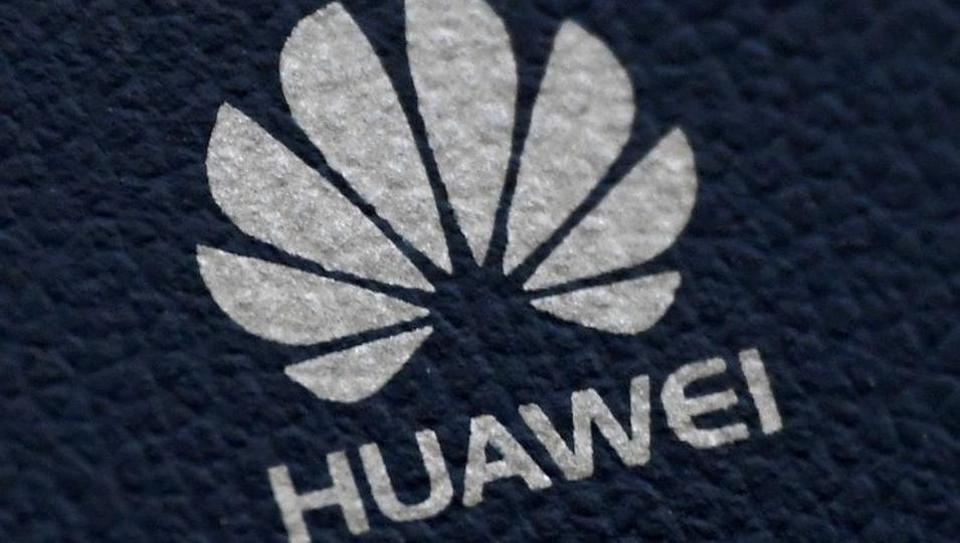US mulls cutting Huawei off from global chip suppliers
New restrictions on commerce with China’s Huawei are among several options to be considered at high-level US meetings this week and next.

The Trump administration is considering changing US regulations to allow it to block shipments of chips to Huawei Technologies from companies such as Taiwan's TSMC, the world's largest contract chipmaker, two sources familiar with the matter said.
New restrictions on commerce with China's Huawei are among several options to be considered at high-level US meetings this week and next. The chip proposal has been drafted but its approval is far from certain, one of the sources said.
The measure would be a blow to the world's number 2 smartphone maker as well as to TSMC, a major producer of chips for Huawei's HiSilicon unit and mobile phone rivals Apple Inc and Qualcomm Inc.
"What they're trying to do is make sure that no chips go to Huawei that they can possibly control," the second source said.
Huawei is at the heart of a battle for global technological dominance between the United States and China. The United States is trying to convince allies to exclude its gear from next generation 5G networks on grounds its equipment could be used by China for spying. Huawei has repeatedly denied the claim.
To target global chip sales to Huawei, US authorities would alter the Foreign Direct Product Rule, which subjects some foreign-made goods based on US technology or software to US regulations.
Reuters reported possible changes to that rule in November.
Under the draft proposal, the US government would force foreign companies that use US chipmaking equipment to seek a US license before supplying Huawei - a major expansion of export control authority that could anger US allies worldwide.
The US Commerce Department declined to comment on the proposal.
But a Commerce spokesman said recent US charges against Huawei, including conspiring to steal trade secrets, "reaffirm the need for caution in considering license applications. The US continues to have major concerns about Huawei."
Huawei did not respond to requests for comment.
A spokeswoman for TSMC said the company does not answer "hypothetical" questions and does not comment on individual customers.
ALSO READ: US lawmaker introduces bill that prevents intelligence sharing with countries that use Huawei
The United States placed Huawei on a blacklist in May last year, citing national security concerns. That forced some US and foreign companies to seek special licenses from the Commerce Department to sell to it, but China hawks in the US government have been frustrated by the vast number of supply chains beyond their reach.
Others in the Trump administration fear antagonizing Beijing, which just signed a trade deal with Washington. They also worry the restrictions will drive innovation offshore and benefit foreign rivals.
Most chip manufacturers rely on equipment produced by US companies like KLA, Lam Research and Applied Materials, according to a report last year from China's Everbright Securities.
"There is no production line in China that uses only equipment made in China, so it is very difficult to make any chipsets without US equipment," Everbright wrote.
Catch all the Latest Tech News, Mobile News, Laptop News, Gaming news, Wearables News , How To News, also keep up with us on Whatsapp channel,Twitter, Facebook, Google News, and Instagram. For our latest videos, subscribe to our YouTube channel.


























